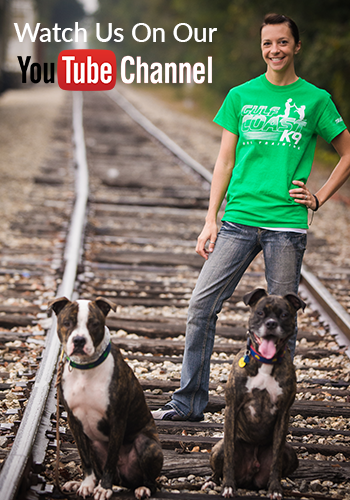Chewed corners, bite marks, or a shredded chair leg – if your dog is chewing on furniture and you are frustrated, you’re not alone. While this behavior can be destructive, it’s also very common. The good news is that chewing is usually a symptom of something else, not a permanent personality flaw. With a little understanding and the right approach, you can protect your furniture and help your dog develop better habits.

Why Dogs Chew on Furniture
Dogs chew for various reasons, but understanding the root cause is the first step in fixing the problem.
Teething (Puppies): Just like human babies, puppies go through a teething phase. From about 3 weeks to 6 months of age, they chew to relieve discomfort in their gums.
Boredom: Dogs are intelligent animals that need stimulation. If they’re not getting enough mental or physical activity, they may start chewing simply to pass the time.
Separation Anxiety: If your dog only chews furniture when you’re not home, they might be anxious. Destructive chewing is a common symptom of separation anxiety.
Attention-Seeking Behavior: Some dogs chew because they’ve learned it gets a reaction from you—even if it’s negative attention.
Lack of Training: Dogs don’t instinctively know that chewing your coffee table is off-limits. If they haven’t been taught what’s appropriate to chew, they may just pick what’s available.
Dietary Deficiencies or Medical Issues: Though less common, some dogs chew non-food items (a condition known as pica) because of nutritional deficiencies or dental pain.
How to Stop Furniture Chewing
Once you have an idea of why your dog is chewing, you can take steps to redirect or eliminate the behavior. Here’s how to tackle the issue:
- Provide Appropriate Chew Toys: Give your dog a variety of safe, durable chew toys. Be sure to rotate them to keep things interesting. If your dog prefers chewing wood, look for rubber or nylon toys with a similar texture.
- Use Deterrent Sprays: Apply a pet-safe deterrent spray to furniture legs and other hotspots.
Most dogs dislike the bitter taste and will avoid the sprayed areas. Always test on a small, hidden spot to avoid damage or discoloration. - Increase Exercise and Mental Stimulation: A tired dog is less likely to chew out of boredom.
Make sure your dog is getting enough walks, playtime, and training. Try puzzle feeders, interactive toys, or scent games to engage their mind. - Create a Safe Space: Use crates or playpens when you’re away from home to limit access to furniture. Make the area comfortable with toys, water, and bedding.
- Reward Good Behavior: When your dog chews an appropriate toy instead of your couch, praise them enthusiastically or offer a treat. Consistent positive reinforcement helps your dog learn what’s acceptable.
- Address Separation Anxiety: If anxiety is the cause, work on gradually desensitizing your dog to your absence. Start with short departures and slowly increase the time you’re away. In severe cases, consider working with a certified dog trainer or behaviorist.
- Rule Out Health Issues: If the chewing seems obsessive or your dog chews unusual items (like rocks or fabric), consult your veterinarian to rule out medical problems or dietary deficiencies.
Chewing is a natural behavior for dogs, but that doesn’t mean your furniture has to suffer. With patience, consistency, and the right approach, most dogs can be taught to chew on appropriate items instead of your living room set.
If you’re feeling overwhelmed, don’t hesitate to reach out to Gulf Coast K9 Dog Training for support. Our dog training programs are designed to help your dog learn the rules and modify their behavior – no matter their age.




